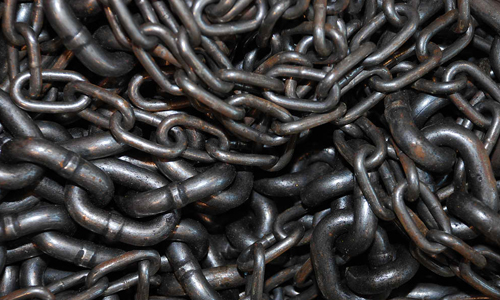Stamp: Severing the Chains of Bondage (Russia 1922)
Severing the Chains of Bondage (Russia 1922)
01 October (Russia ) within release Exchange Control goes into circulation Stamp Severing the Chains of Bondage face value 250 Russian ruble
| Stamp Severing the Chains of Bondage in catalogues | |
|---|---|
| Michel: | Mi: RU TK1III |
Stamp is vertical format.
Damaged first "С" in "РСФСР"Also in the issue Exchange Control:
- Stamp - Severing the Chains of Bondage face value 250;
- Stamp - Severing the Chains of Bondage face value 250;
- Stamp - Severing the Chains of Bondage face value 250;
- Stamp - Severing the Chains of Bondage face value 250;
- Stamp - Severing the Chains of Bondage face value 250;
- Stamp - Severing the Chains of Bondage face value 250;
- Stamp - Severing the Chains of Bondage face value 500;
- Stamp - Severing the Chains of Bondage face value 500;
- Stamp - Severing the Chains of Bondage face value 500;
- Stamp - Severing the Chains of Bondage face value 500;
- Stamp - Severing the Chains of Bondage face value 500;
- Stamp - Severing the Chains of Bondage - Inverted Surch and Opt face value 500;
- Stamp - Severing the Chains of Bondage - Surch and Opt face value 250;
- Stamp - Severing the Chains of Bondage - Surch and Opt face value 250;
Stamp Severing the Chains of Bondage it reflects the thematic directions:
An anniversary is the date on which an event took place or an institution was founded in a previous year, and may also refer to the commemoration or celebration of that event. For example, the first event is the initial occurrence or, if planned, the inaugural of the event. One year later would be the first anniversary of that event. The word was first used for Catholic feasts to commemorate saints. Most countries celebrate national anniversaries, typically called national days. These could be the date of independence of the nation or the adoption of a new constitution or form of government. The important dates in a sitting monarch's reign may also be commemorated, an event often referred to as a "Jubilee".
A chain is a serial assembly of connected pieces, called links, typically made of metal, with an overall character similar to that of a rope in that it is flexible and curved in compression but linear, rigid, and load-bearing in tension. A chain may consist of two or more links. Chains can be classified by their design, which can be dictated by their use
A hand is a prehensile, multi-fingered organ located at the end of the forearm or forelimb of primates such as humans, chimpanzees, monkeys, and lemurs. A few other vertebrates such as the koala (which has two opposable thumbs on each "hand" and fingerprints remarkably similar to human fingerprints) are often described as having "hands" instead of paws on their front limbs. The raccoon is usually described as having "hands" though opposable thumbs are lacking.
Philately (/fɪˈlætəli/; fih-LAT-ə-lee) is the study of postage stamps and postal history. It also refers to the collection and appreciation of stamps and other philatelic products.While closely associated with stamp collecting and the study of postage, it is possible to be a philatelist without owning any stamps. For instance, the stamps being studied may be very rare or reside only in museums.
A sword is an edged, bladed weapon intended for manual cutting or thrusting. Its blade, longer than a knife or dagger, is attached to a hilt and can be straight or curved. A thrusting sword tends to have a straighter blade with a pointed tip. A slashing sword is more likely to be curved and to have a sharpened cutting edge on one or both sides of the blade. Many swords are designed for both thrusting and slashing. The precise definition of a sword varies by historical epoch and geographic region.




